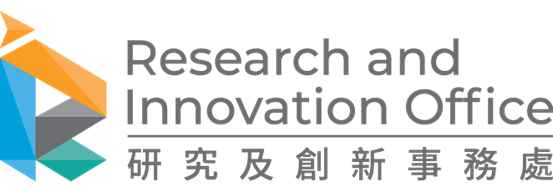In the realm of biomedical research, the development of advanced imaging agents stands as a cornerstone in modern healthcare. Prof Gary Ka-Leung WONG, Chair Professor of Chemistry of the Department of Applied Biology and Chemical Technology at The Hong Kong Polytechnic University leads efforts to modify existing properties of rare-earth materials and forge new radiocontrast agents tailored for diverse medical applications.
Comparatively, luminescent rare-earth materials offer distinct advantages over traditional organic fluorophores. Their sharper emission peaks and significantly longer luminescence lifetimes afford superior resolution and enable background noise reduction through time-resolved detection techniques.
Furthermore, rare-earth-based materials hold promise in revolutionising healthcare practices, particularly in detecting diseases earlier and improving treatment efficacy. This is highlighted by their potential as theranostic platforms for brain diseases, leveraging unique properties to overcome challenges such as blood-brain barrier permeability and facilitating advanced imaging and therapeutic strategies.
Prof Wong's research on the functional design of rare-earth-based materials for biomedical purposes emphasises several key aspects, elucidating the paramount importance of stability. This concern resonates deeply with researchers and end-users alike, driving the need not only to enhance material functionality but also to ensure safety through collaboration and the integration of diverse technologies.
His research also focuses on structural control, a critical factor in enhancing the stability, biocompatibility and targeting capabilities of luminescent rare-earth materials. The research underscores the pivotal role of chelator structure in influencing biological performance, advocating for the use of more rigid chelators and specific peptides to enhance stability and imbue targeting capabilities into their products.
In enhancing luminescent rare-earth materials, Prof Wong strategises to optimize luminescent quantum yield and brightness, emphasizing the importance of minimizing non-radiative processes and introducing structural modifications like conjugated rings. This facilitates clearer imaging and precise diagnosis, spanning applications in bioimaging, drug delivery, and disease detection, enabling enhanced diagnostic and therapeutic outcomes.
Looking ahead, Prof Wong's research extends beyond pre-clinical efforts to develop novel radiocontrast agents with varied emission kinetics, catering to uses such as cancer therapy. Additionally, his team aims to develop agents capable of interfacing with different materials, expanding their utility across diverse medical contexts, including applications in gene therapy.



